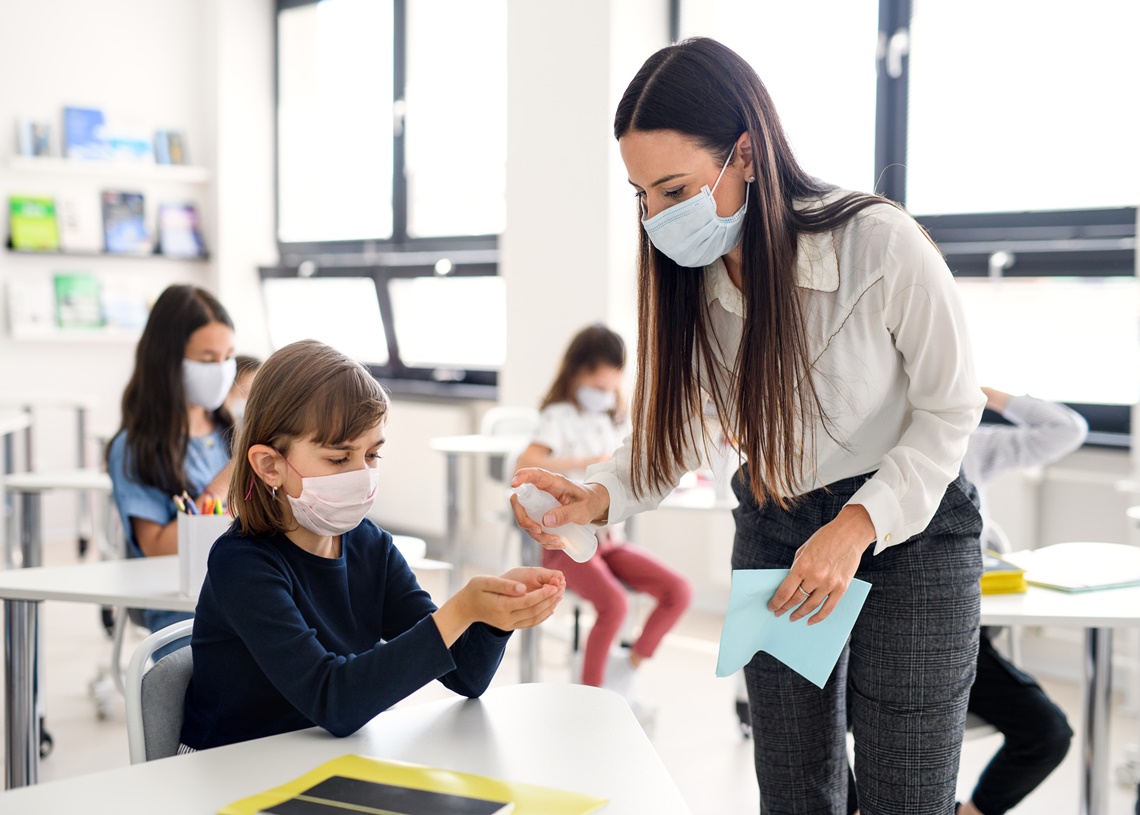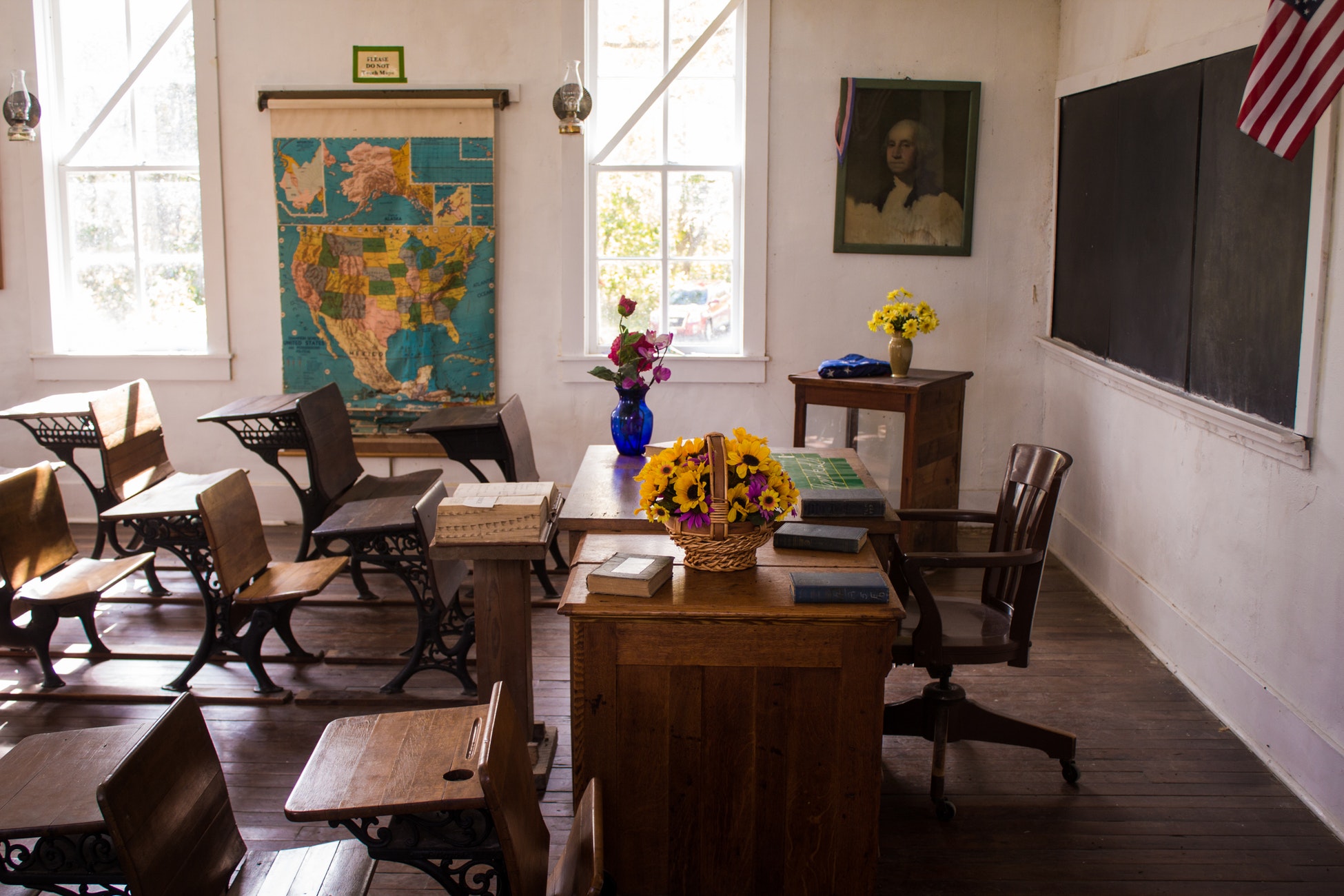School safety has always been a prevalent issue, even before coronavirus spread its roots. However, in the age of pandemic, the concern has grown exponentially as social distancing, wearing masks, and temperature checks play crucial roles in the safe resumption of classes.
As schools across the globe prepare to open their doors to the students, most of whom were confined within four walls for at least three to four months, health and school officials together are assessing the safest possible path to getting things the way they were before the pandemic.
Burning questions for schools post COVID
From when and for whom do we reopen? What kind of health and safety procedures do we have in place? Do we have enough resources and infrastructure to ensure school safety? These are some of the critical questions bothering the school leaders who struggle to find the answers while keeping the best interest of every child at the center of these decisions.
And while a lot is being done in terms of busting the myths surrounding the virus, how it originated, and whether or not children are susceptible to catching the infection, we do know, for sure, how it spreads and how it can be prevented. Those parameters can be analyzed and deployed to make sure that school safety is not compromised.
The known knowns about the droplets
Jonathan Reid, professor of physical chemistry at the University of Bristol, has some insight into this complex issue. He says that the droplets of variable sizes that are generated as we speak, cough or sneeze, are the primary and the only source of virus transmission.
Out of these, the larger sized droplets that fall on the ground or a hard surface contaminate the source. Once these surfaces come in contact with a person, and he or she touches the face, the virus will enter the body. The only sure-fire way to prevent that from happening is the regular use of alcohol-based hand sanitizers and washing hands thoroughly and frequently.
To ascertain school safety, officials could place bottles of hand sanitizers in each classroom, and teachers could insist on its frequent use by offering periodic breaks for observing hand hygiene.
Besides this risk, there is also another possible way it can make its entry into the human body. Reid explains that when a person coughs or sneezes, releasing the droplets in the process may result in a nearby person inhaling them. Thus, enforcing social distancing and wearing a face mask can drastically reduce these risks of transmission and go a long way in reassuring increasingly anxious parents and school staff and ensuring school safety.
How clean is our air?
Studying and analyzing other possible modes of transmission, a recent study published by the US National Institute of Allergy and Infectious Diseases, states that aerosol transmission, or the airborne transmission, cannot be ruled out as there is evidence that the virus stays in the aerosols for days.
However, with no other viable hypothesis or real-world experiment to back this argument, it remains mostly unresolved whether or not contracting the disease by breathing in the supposedly contaminated air is possible.
Another critical factor, according to Reid, that contributes to creating a ripe environment for the survival of the virus is inadequate ventilation. Proper sanitation and ventilation facilities in toilets or latrines promote good health as they allow people to dispose of the waste properly. It can eventually slow down the incubation cycle of several disease-causing agents.
Lawrence Young, a well-known virologist, states that common gathering areas like auditoriums, assembly halls, and corridors may also increase the risk of transmission. The only way to reduce this risk for school safety while causing no hindrance to day-to-day routine is limiting or prohibiting group gatherings.
Coronavirus survival by surface
Bill Keevil, from the University of Southampton, an expert in environmental healthcare, has done extensive research on different types of coronaviruses and studies their similarities and differences. According to him, the novel coronavirus is structurally almost identical to other coronaviruses.
This implies that it is expected to hold on to surfaces such as plastic, ceramics, steel for up to five days, longer than porous materials like cloth, wood, or paper where traces could not be found after 24 hours.
That being the case, school authorities must place more focus on proper cleaning and sanitization of plastic desktops, desks, chairs, toys, tableware, and perhaps, most importantly, doorknobs, lifts and staircase rails than spending endless hours on disinfecting every library book.
Contrasting views on ways forward
Meanwhile, different microbiologists and infectious disease experts offer entirely conflicting advice. While some propose that observing thorough hand hygiene before touching one’s face or eating should be more than sufficient, others suggest that chances of catching the infection through the air are much more as compared to coming in contact with an infected surface.
In the end, Keevil quotes an excerpt from a Greek study that utilizing copper alloys as a cover, or the building material curbs the chances of mutation and resistance in most viruses.
I am not expecting schools to undertake time-consuming and expensive renovation work. But wherever possible, make use of copper alloys as a cover.
It’s all about assessing your school’s potential for change
The final consideration to weigh is the school’s ability to create and practice effective and sustainable health and safety measures to alleviate the risk of infection. The infrastructure, budget, existing policies, school culture, and the very readiness of the staff to do their utmost in ensuring school safety contribute to the school’s ability to navigate through the school reopening process safely. Each school will, therefore, be required to assess the potential to enforce a school setting that is safe and sound.
None of this is easy. But at the same time, it isn’t implausible either. If implemented carefully and systematically, students get back to their learning routine, teachers get back their jobs, and stress-free parents resume their day-to-day work. And that’s the reward worth fighting for.







